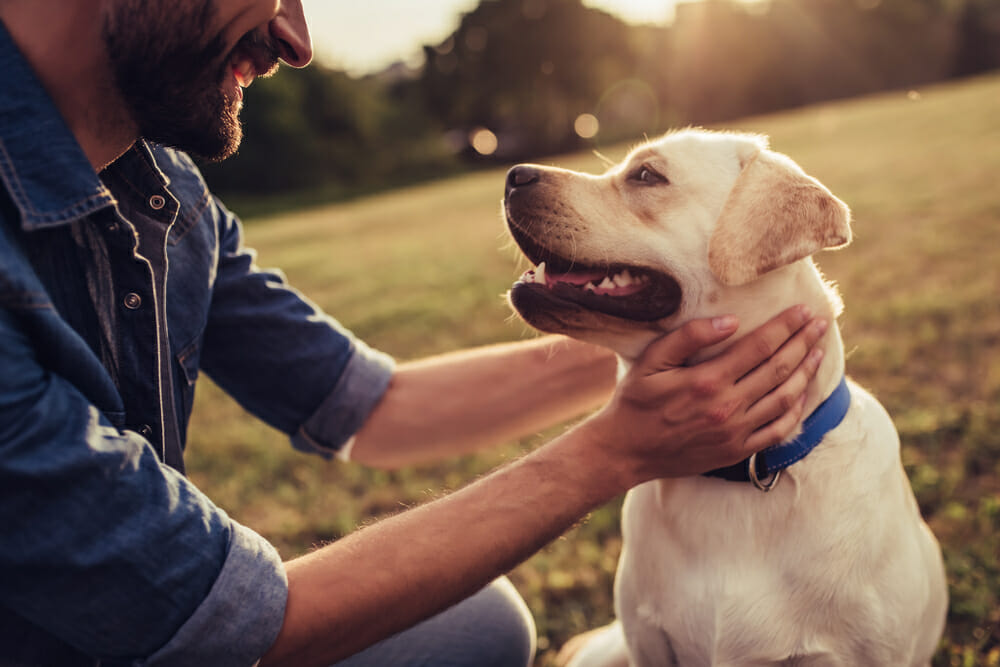Just because they don’t ‘talk’ doesn’t mean they aren’t communicating with us. For the longest time, there have been misconceptions surrounding pain in our pets, most pet owners have come to recognize obvious signs of pain in the form of wounds, limping, or vocalization, but we forget the “masters of disguise” that are our pets. More often than not, our pets conceal their pain. Learning to pick up on subtle cues, like changes in behaviour and body language will help; not only your pet but your vet as well.
It is believed that because our pet doesn’t necessarily cry or limp that they are not in pain. When you think about it, it would not be of any benefit for an animal in the wild (AKA your house) to draw attention to itself. This would be especially true when they are injured and unable to defend themselves adequately. It makes good evolutionary sense that they have learned to hide their pain. One of the many reasons for us as pet owners need to become familiar and comfortable with recognizing pain in our furry companions. Recognizing obvious signs of pain is a good place to start.
We encourage you to do a once over daily and take note of any wounds or swelling. This once over allows you to note any discomfort your pet may have on palpation: Palpation is the process of using one’s hands to examine the body, especially while perceiving/diagnosing a disease or illness. Doing this daily examination also gives you a baseline so that it is easier to pick up on any changes or future sensitivities to touch your pet may develop, not to mention it’s a great massage for them. During the once over be sure to take note of how your pet stands, sits, lays, even walks on a normal basis as their posture can sometimes tell all. For example, Fido, a fictitious dog who normally sits with his legs underneath him, has now begun sitting with his legs splayed to the side, why the change Fido?
It may surprise you to hear that changes in mentation, behaviour, or hygiene may also be your pet telling you that something is wrong. If Fido, a normally very independent dog, is suddenly glued to your hip or if Fluffy the friendly cat has started hissing or scratching, or has stopped grooming, it’s time to pay us a visit.
Keep a close eye on things like water/food intake as well as any changes in urine/bowel movements as these too can be signs of pain that are often missed but should be immediately addressed. Litter box avoidance or inappropriate urination are examples we frequently hear that can be directly associated with pain but are commonly overlooked.
Being able to comment and take note of these changes in your pet is highly valuable to us as your pet’s medical team. The more information you can provide will serve to help us better help your pet quickly identify the source of your pet’s pain and treat it.
Written by Taylor Jacobs, Technician




